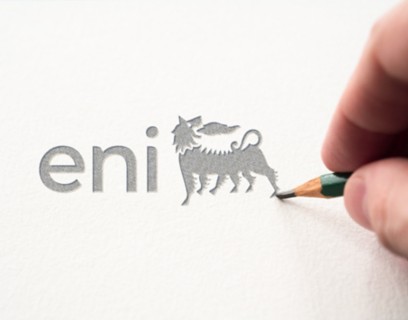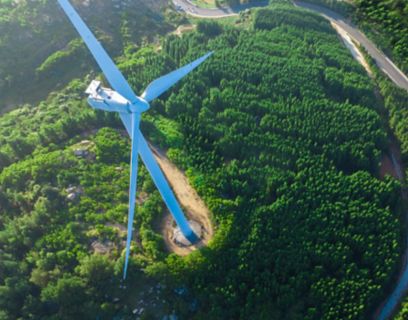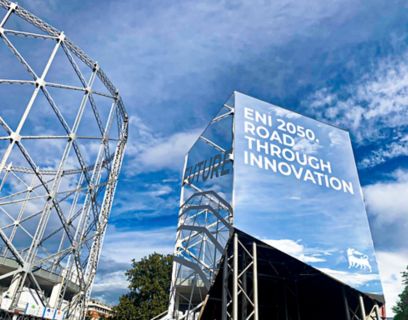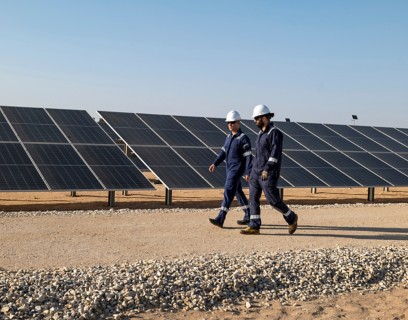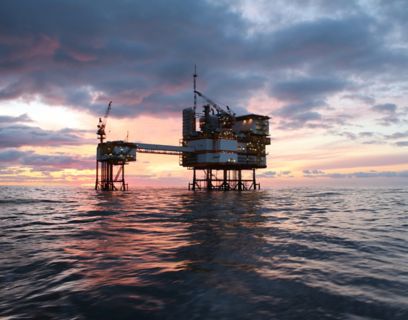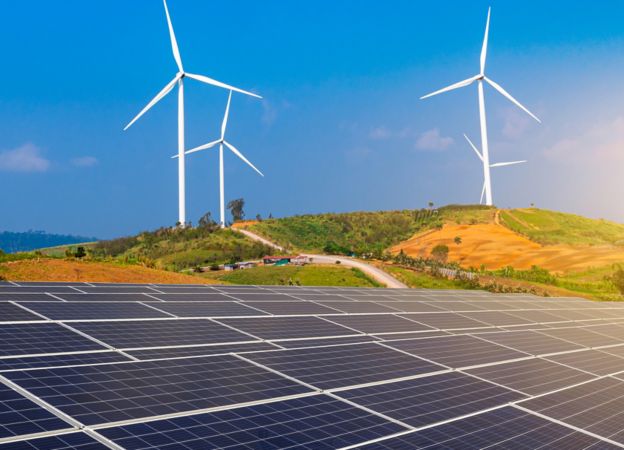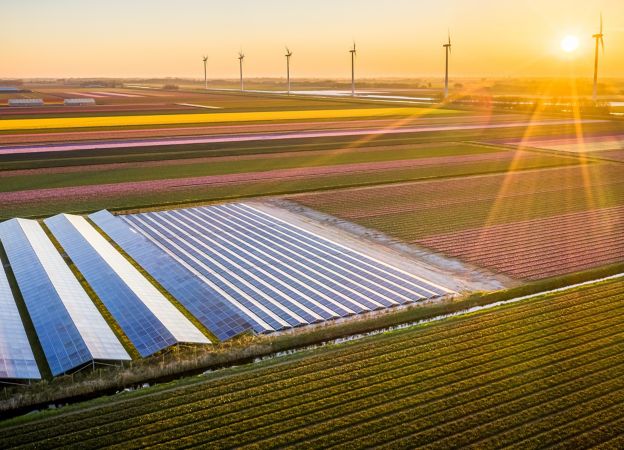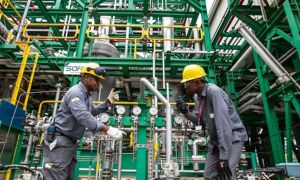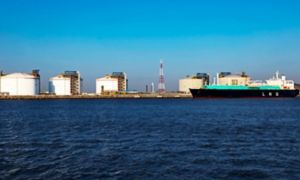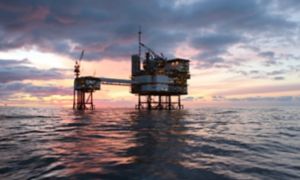MyEni Login

How has the use of gas evolved?
The commercial use of gas began in the 19th century, initially for public lighting. The advent of electricity prompted the search for new applications for natural gas and new solutions for infrastructure and transport. Gas quickly became an important energy source which was used for electricity generation, for residential use (mainly heating), for industrial processes and more recently as an alternative fuel for vehicles.
When Eni was founded, what was the role of gas?
Gas production in Italy began in the 1940s with the discovery of the Caviaga field in Lombardy by Agip, followed by the Cortemaggiore and Ripalta fields. The discovery of gas reserves in the Po Valley was one of the reasons that led to the foundation of Eni in 1953. As a result, Italy became the world's third largest gas producer after the United States and Canada. The rapid development of the sector underpinned the country's economic expansion. In the decades that followed, Eni's role went beyond the development of domestic resources, contributing to the creation of import infrastructure and assuming a new position in the global energy landscape. Italy’s economic diversification is supported by increasingly available energy, including that coming from natural gas, facilitating the country’s emergence as one of the world’s leading manufacturing economies.
How has the gas market evolved?
Since its early days, Eni has established partnerships with many producing countries around the world. These collaborations were complemented by the construction of a robust network of gas pipelines, thus ensuring the diversification of supply sources and the security of Italy's gas supply. Expansion led to the construction of the first Transmed line in 1983, which secured additional gas volumes from Algeria to support the methanisation process in southern Italy and facilitate the gradual replacement of oil in the energy mix. In 2004, Eni and Libya's National Oil Corporation (NOC) built the GreenStream gas pipeline, connecting Libya to Italy along a 520-kilometre route, which continues to be a primary source of natural gas for the country.
The role of LNG: energy flexibility and security
The development of the gas market increasingly emphasizes the need for greater flexibility and broad diversification of sources, opening up new challenges and seizing the opportunities offered by liquefied natural gas (LNG). In the current global energy scenario, LNG's ease of transport over long distances by ship is making it a crucial factor in its contribution to energy security. Eni is active in the sector both as a producer and as an exporter. We own gas liquefaction plants in several countries, which facilitates a rapid response to global demand.
Gas in figures
Here are some highlights from Eni’s World Energy Review 2023. The data refers to 2022.
Learn moreglobal natural gas reserves
natural gas reserves in Europe
global natural gas production
global natural gas consumption
natural gas production in Europe
natural gas consumption in Europe
global LNG imports versus total global gas imports
European LNG imports versus total European gas imports
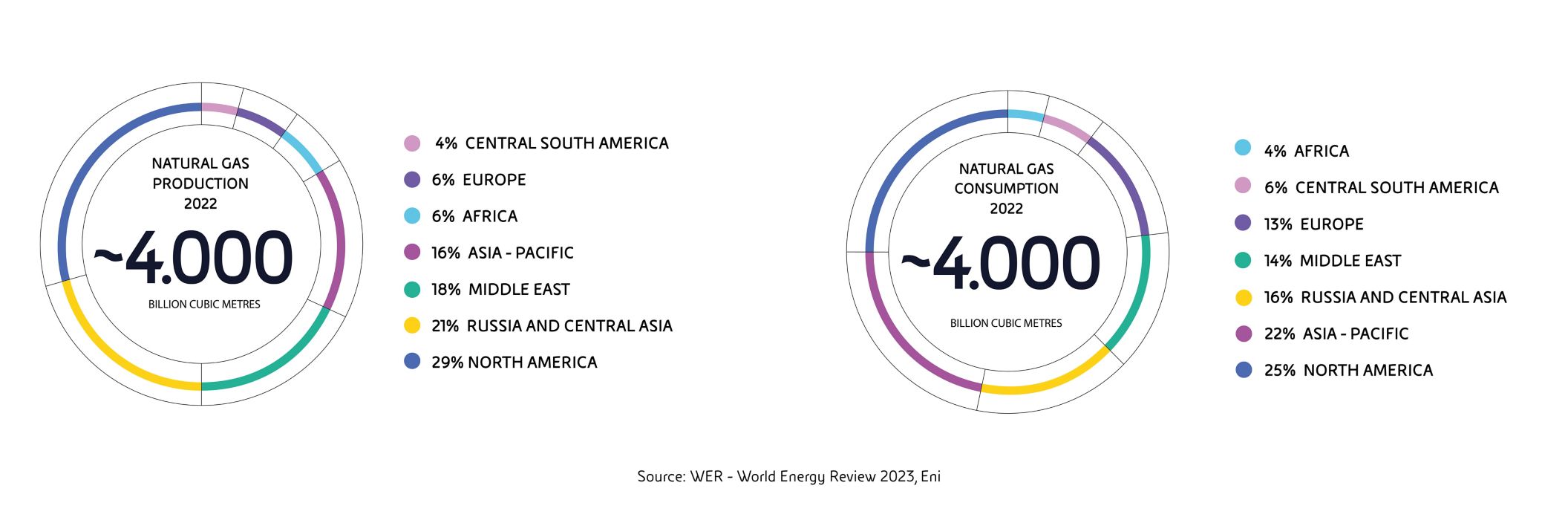

Why can natural gas play a supporting role in the energy transition?
Natural gas has the smallest carbon footprint among fossil fuels, with methane combustion producing about 50% less emissions than coal. The flexibility and reduced lead time of gas-fired power plants also allows for an efficient integration with renewable energy sources, ensuring continuity of electricity production when the sun and wind are not available. Finally, gas emissions can be further reduced through innovative technologies and processes such as Carbon, Capture Utilization and Storage (CCUS). Currently, gas accounts for over 23% of the global energy mix, after oil (around 30%) and coal (around 27%), while renewables account for around 12%. While the role of renewables is expected to grow gradually in the coming years, gas remains crucial both to integrate intermittent sources and to support the energy transition by replacing other fossil sources with a larger carbon footprint.
Figures on gas in Italy
Here is some data for a better understanding of the role of natural gas in Italy (from MASE “La situazione energetica nazionale nel 2022”).
gas demand in Italy
total gas supplied (production + import)
gas production in Italy
import via pipelines (~80% of total import)
import of LNG (~20% of total)
Eni.com is a digitally designed platform that offers an immediate overview of Eni's activities. It addresses everyone, recounting in a transparent and accessible way the values, commitment and perspectives of a global technology company for the energy transition.
Discover our mission

